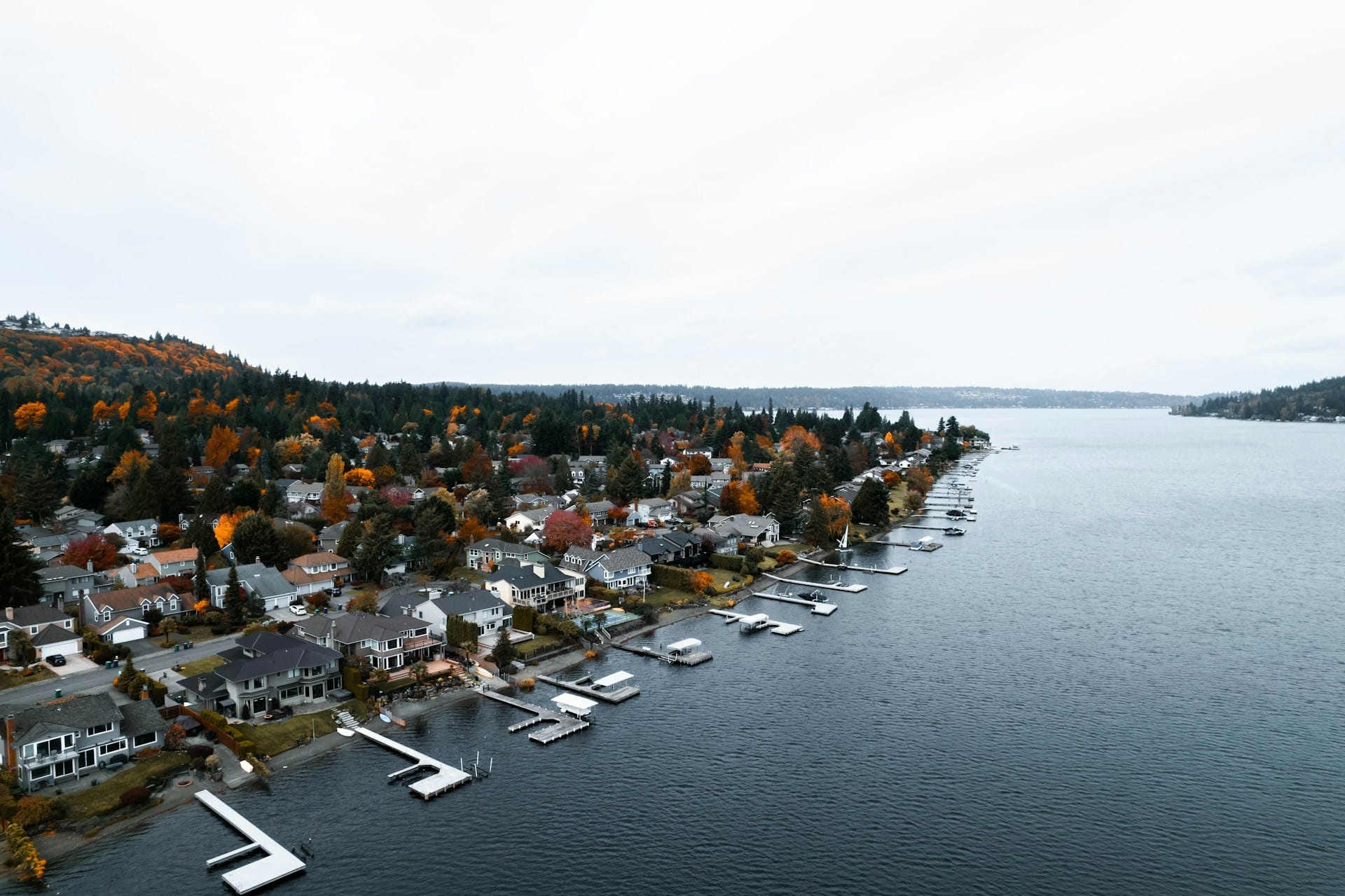A boat dock is more than just a functional addition to your waterfront property—it’s a gateway to enjoying life on the water. Whether you’re an avid boater, angler, or someone who loves spending time by the lake, choosing the right dock is crucial. This guide will walk you through the key considerations to help you find the perfect dock for your needs.
Step 1: Determine the Primary Purpose of Your Dock
Start by thinking about how you plan to use your dock. This will influence the type, size, and features you’ll need. Common dock uses include:
- Boating: A dock with sturdy cleats and space for mooring is essential for boat owners.
- Fishing: Choose a dock with a stable platform and ample room for casting lines.
- Relaxation: If lounging is your priority, consider a dock with built-in seating or shade structures.
- Water Sports: Opt for a dock with easy access for launching kayaks, paddleboards, or jet skis.
Step 2: Choose the Right Dock Type
There are two main categories of docks: floating docks and permanent docks. Each has its advantages depending on your property and lifestyle.
Floating Docks
- Ideal for fluctuating water levels.
- Easily expandable or removable.
- Require minimal construction.
Permanent Docks
- Best for stable water levels.
- Highly durable and long-lasting.
- Offer a solid, stable platform.
Step 3: Select the Best Material
Dock materials impact durability, maintenance, and aesthetics. Here’s a breakdown of common options:
- Wood: A classic choice with natural appeal. Requires regular maintenance to prevent rot and weathering.
- Aluminum: Lightweight, rust-resistant, and low-maintenance. Ideal for long-term use.
- Composite: Combines durability with a clean look. Requires little upkeep and resists warping.
Step 4: Consider Your Location and Water Conditions
Your waterfront property’s unique features will play a big role in your dock choice. Evaluate:
- Water Depth: Deeper water may require longer supports or specialized anchoring.
- Shoreline Characteristics: Soft or uneven shorelines may benefit from floating docks.
- Wave Action: Areas with frequent waves or boat traffic may require more durable dock materials and designs.
Step 5: Add Features for Convenience and Safety
Modern docks come with various features to enhance your waterfront experience. Popular additions include:
- Dock Ladders: For safe and easy water access.
- Dock Lights: For visibility and ambiance during evening use.
- Storage Options: Keep life vests, paddles, and gear organized.
- Bumpers and Cleats: Protect your boat and dock from damage.
Step 6: Plan for Maintenance
A well-maintained dock can last for decades. Consider your willingness to perform upkeep when choosing materials. For example, wood requires regular staining and sealing, while aluminum and composite docks need minimal maintenance.
Step 7: Think About Future Needs
Your dock should serve you well now and in the future. If you plan to add boats, expand your family, or host gatherings, choose a design that can grow with your needs. Modular docks are a great option for flexibility.
Choosing the right dock is about aligning your lifestyle, property features, and long-term goals. A well-designed dock not only adds functionality but also enhances the beauty and value of your waterfront property.
For more tips and expert advice on selecting the perfect dock, visit our contact page or follow us on Facebook.







